As environmental consciousness becomes more and more popular, people are looking for ways to make a difference and contribute to the preservation and protection of our planet and the resources that it has to offer. One of the best ways to run a sustainable household is to start a backyard compost system.
Why is Composting Important?

Composting refers to the process of using aerobic decomposition of organic materials such as dried leaves, kitchen scraps, paper, wood chips, and other natural waste to create a soil-enriching substance.
This eco-friendly practice helps reduce pollution generated by landfills by cutting down on waste production. Composting also eliminates the need for chemical-laden fertilizers by providing nutrition to your garden’s soil the natural way.
The Carbon/Nitrogen Ratio is the Secret to Maintaining a Healthy Compost Pile

Compost is made up of carbon and nitrogen-rich materials, and it is crucial to get the ratio between the two right. This is because the microorganisms that enable the composting process need a healthy balance of carbon and nitrogen in order to remain sufficiently active. While any organic material will eventually decompose, the right carbon-nitrogen ratio will enable the acceleration of the decomposition process.
The general rule that may be followed is maintaining the carbon/nitrogen ratio at 2:1, which means that two-thirds of the compost pile must be made of carbon-rich, brown materials. This provides the perfect impetus for composting while maintaining the integrity and hygiene levels of the composting system.
Brown and Green Compost Materials: What is the Difference?

As already mentioned, your composting unit will need to be fed with two kinds of organic materials; brown and green. Green materials are sometimes referred to as wet materials, and they are the nitrogen-rich constituents of your compost pile. These include green leaves, tea leaves, grass clippings, fruit and vegetable scraps, and so on.
On the other hand, brown materials are dry and carbon-rich and give the compost a light and fluffy consistency. These browns such as shredded paper, wood pellets, dried leaves, straw are critical as they help to ensure that your pile of compost is healthy and oxygen can reach the organisms speeding along your composting process.
Steps to Build Your Backyard Compost Pile

Setting up your own backyard composting unit is not as intimidating a process as it might initially seem. Before you begin working on a compost pile in your backyard, make sure to protect any grill or other equipment that you may have in your backyard with grill covers or tarps to prevent the accumulation of dirt. Read on to learn how to create and maintain the perfect backyard compostsystem in just 7 steps.
- Choose a Proper Bin

Depending on how much material you wish to compost, choose an adequately sized compost bin. You can find various compost bins at gardening stores, or you can also repurpose water drums or trash cans to make the perfect backyard compost bin.
- Gather Green Materials
Your compost pile needs nitrogen-rich green materials, including waste produced in the kitchen and other wet materials such as green leaves and grass clippings. When you generate vegetable and fruit waste in the kitchen, store it in a partially closed or covered container that keeps away flies without cutting off the air supply. This is important to prevent foul odor emanating from the kitchen scraps.
- Store Ample Quantities of Brown Materials

Carbon-rich brown materials are often needed in quantities that are twice as much as greens. Therefore, it is important to keep sufficient brown materials such as wood shavings, shredded papers, dried leaves, and so on at hand to feed your backyard compost. If you wish to store brown materials temporarily in your backyard before adding them to the compost pile, it is advisable to protect them from the rain and the wind. For this, you can use tarps to cover the materials.
- Create a Coarse Base With Twigs or Straws
When you start building your compost pile, the first thing you need to do is create a coarse base that is 6-12 inches deep, on top of which you will be adding the compost materials. This base can be created with coarse dried material, and it helps aerate the pile and aids the drainage of water. If you are placing your pile on a wooden deck or patio and are worried about dirt and damage, consider buying custom tarps to collect the dirt.
- Alternating Layers of Compost Materials

On top of the base, add the browns and greens to start building your compost pile. The recommended way to do so is by adding them in alternating layers, with the green layer always being in the middle of two brown layers. Note that the brown layers must always be at least twice as thick as the green layers. Proceed to add layers similarly as more and more compost materials are gathered.
- Cover the Pile
Moisture and heat are both essential to the composting process. To retain them in a pile, a cover is an indispensable part of your backyard composting unit. If you live in a region with extreme heat, you can also consider using custom tarps or solar shades to block out the heat and light coming in through your windows without compromising on your view of your backyard.
- Turn the Pile
Every few weeks, use a shovel to turn and mix your compost pile. This helps aerate and oxygenate the pile, without which composting is impossible. This speeds up the process of composting and can also be achieved by simply tumbling or rolling the bin. Alternatively, you may also buy a compost tumbler that automatically does the mixing for you.
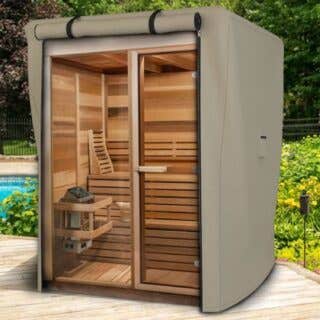

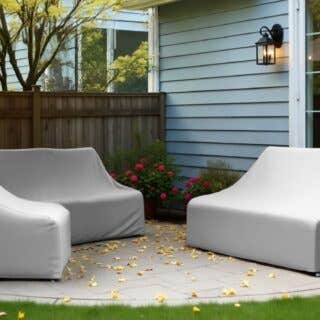
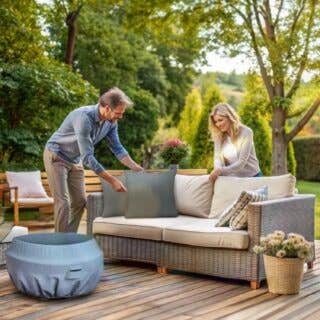


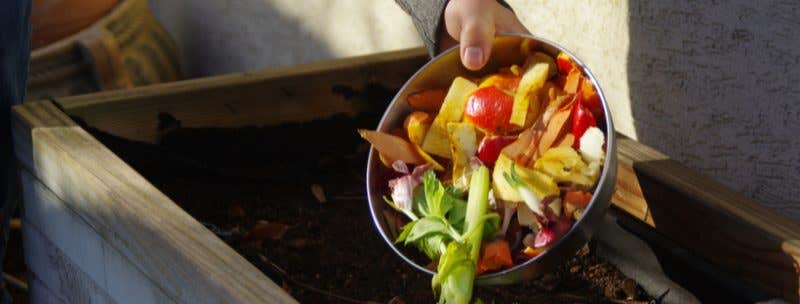


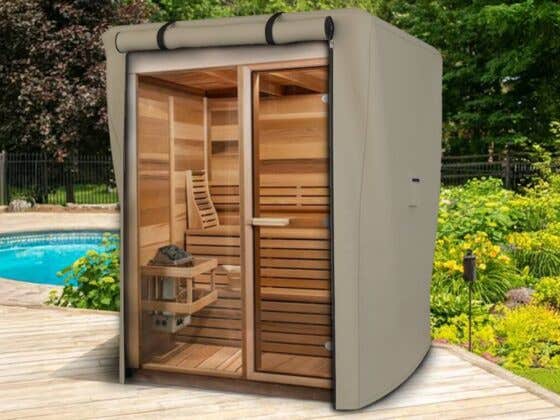
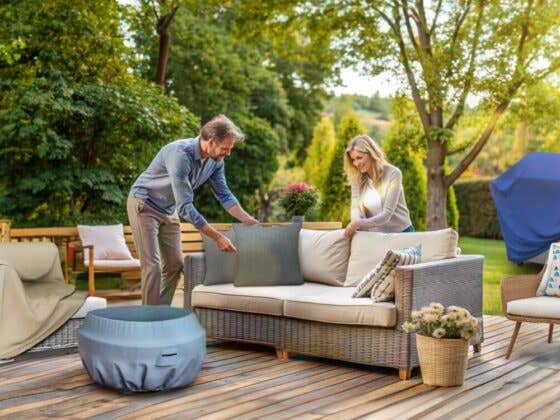
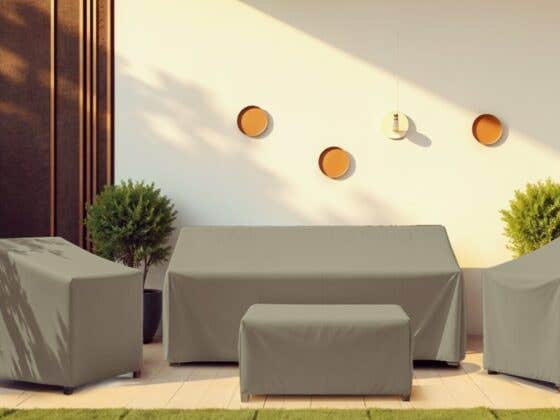
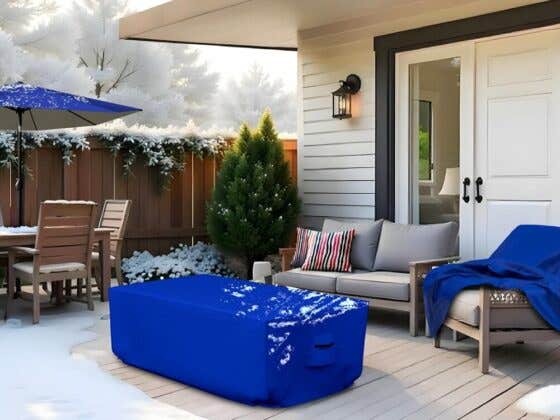


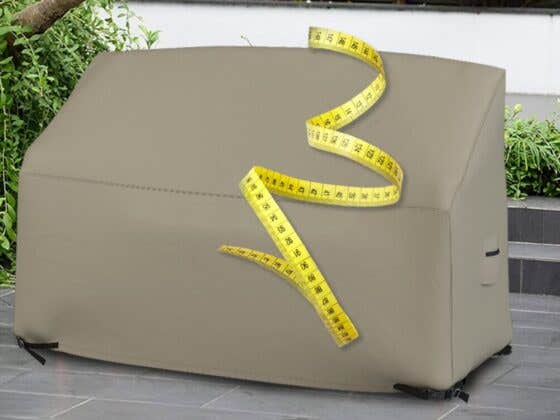
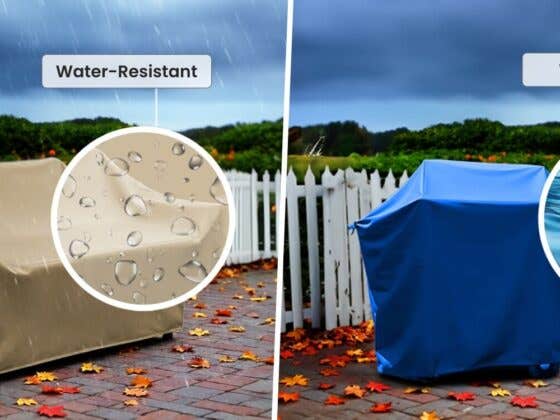
Recent Comments